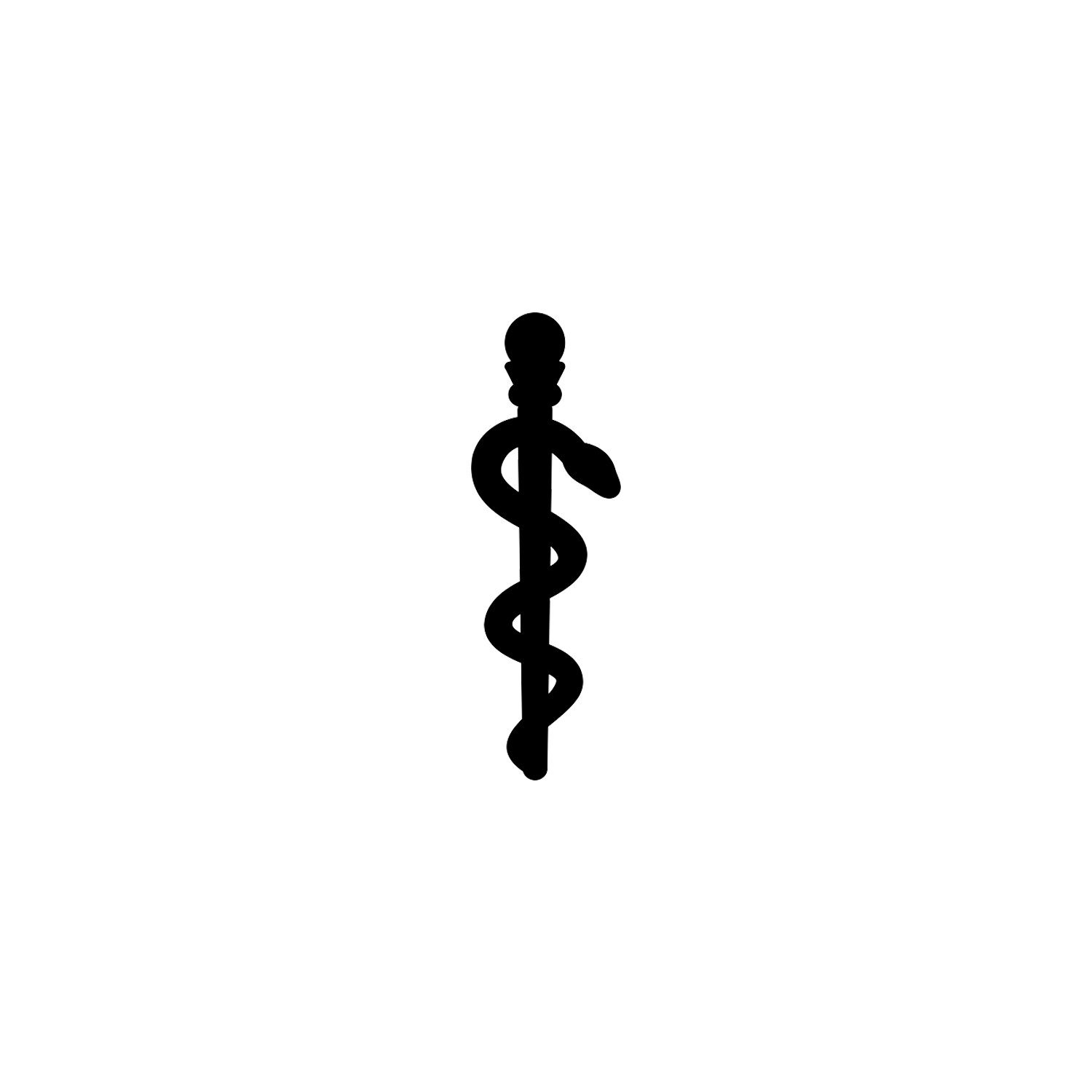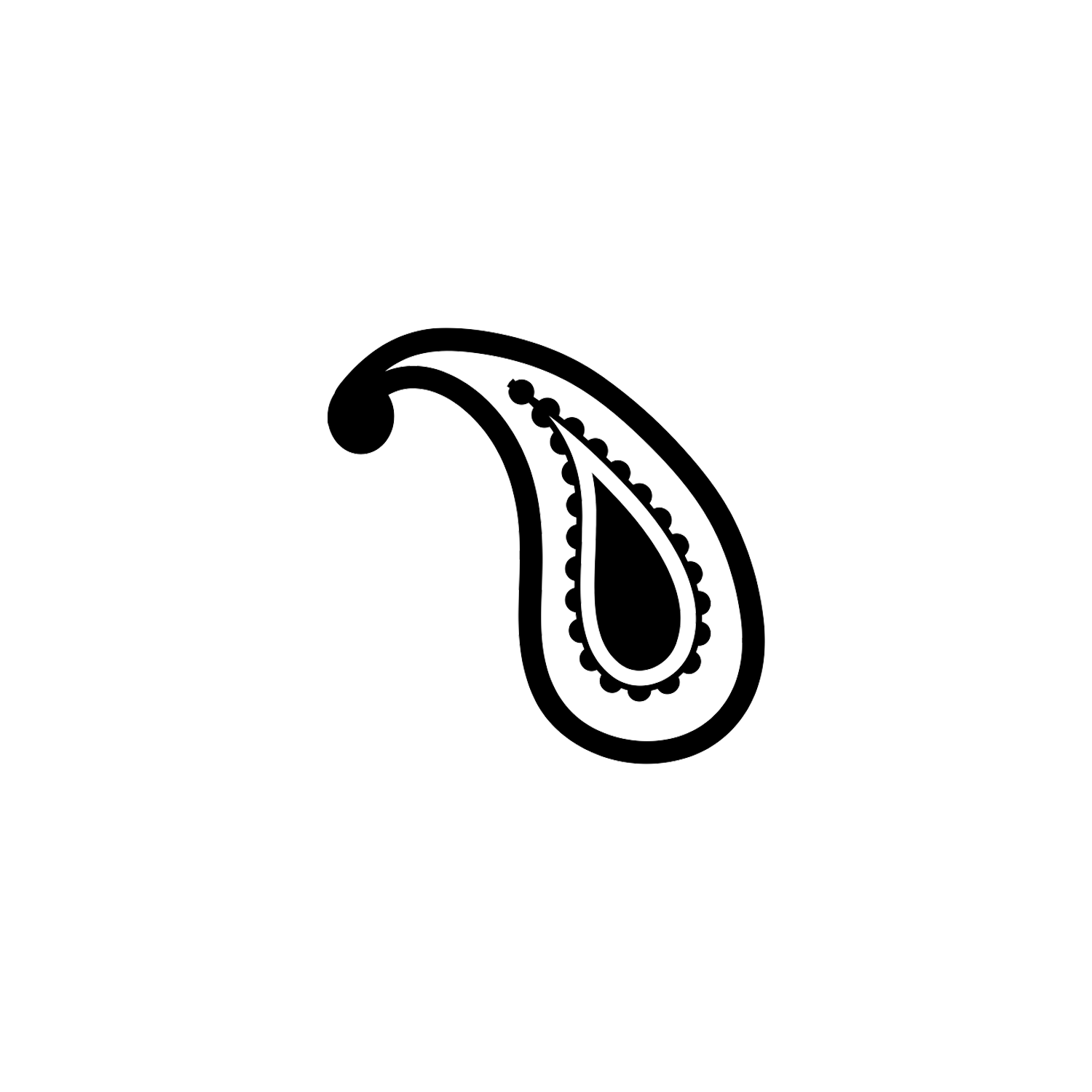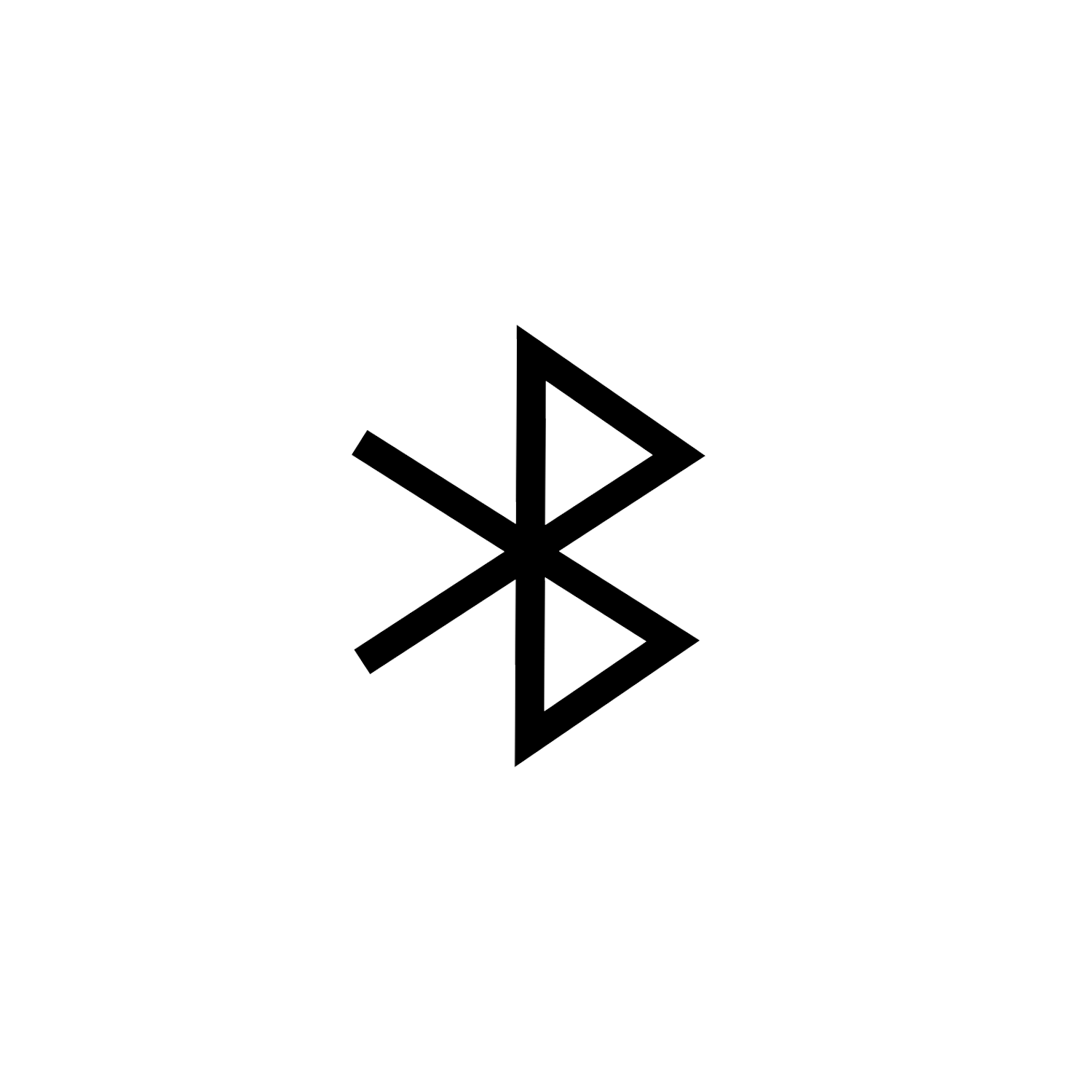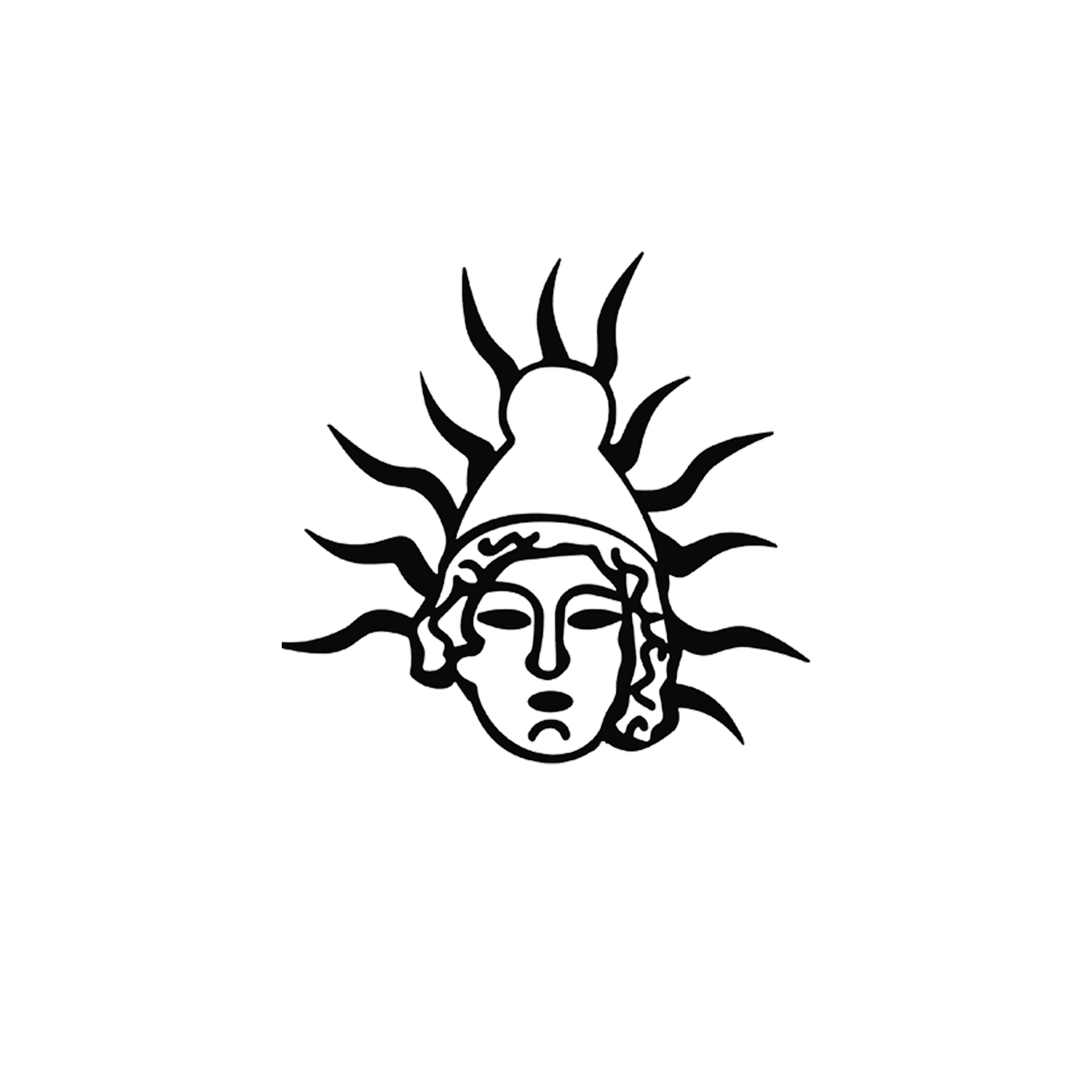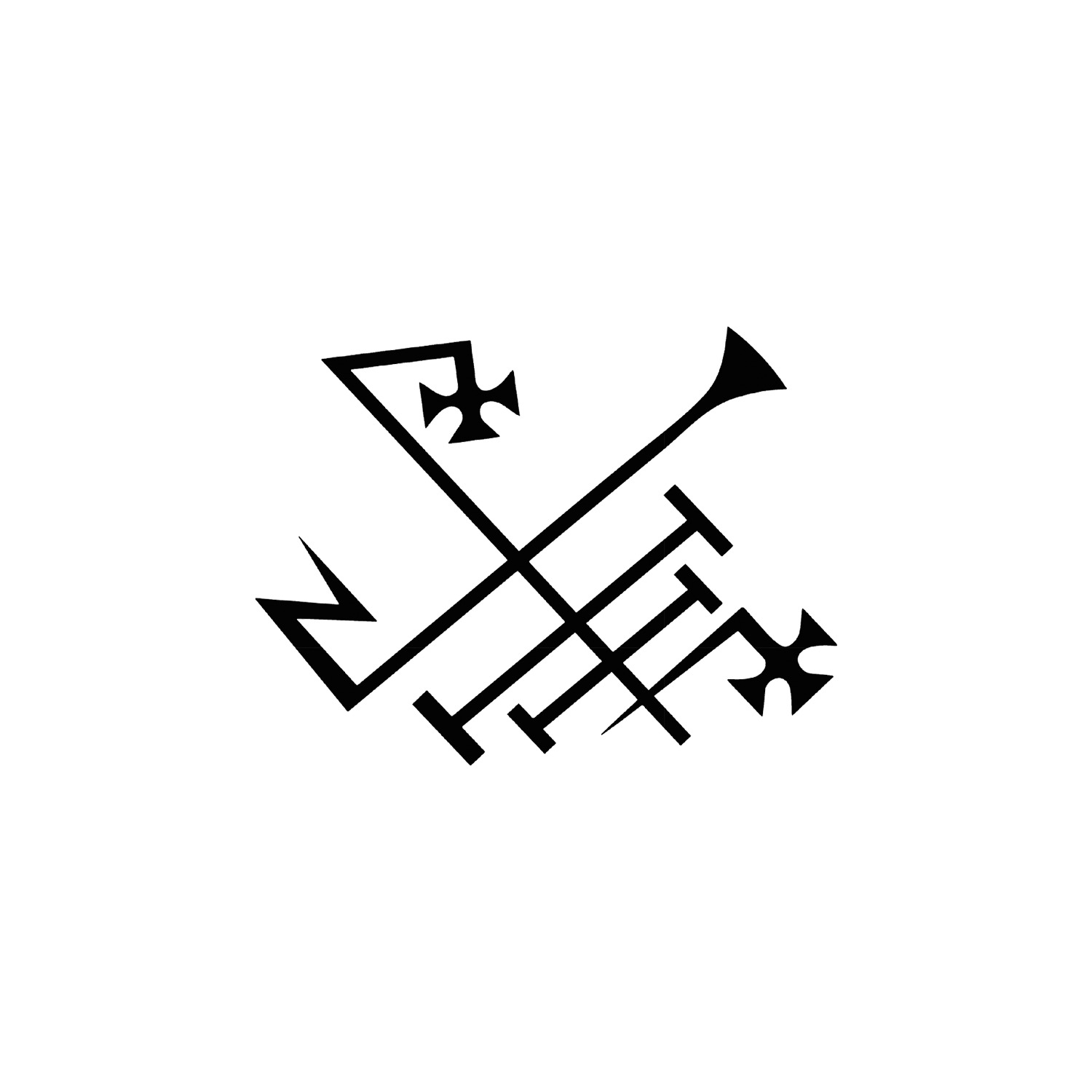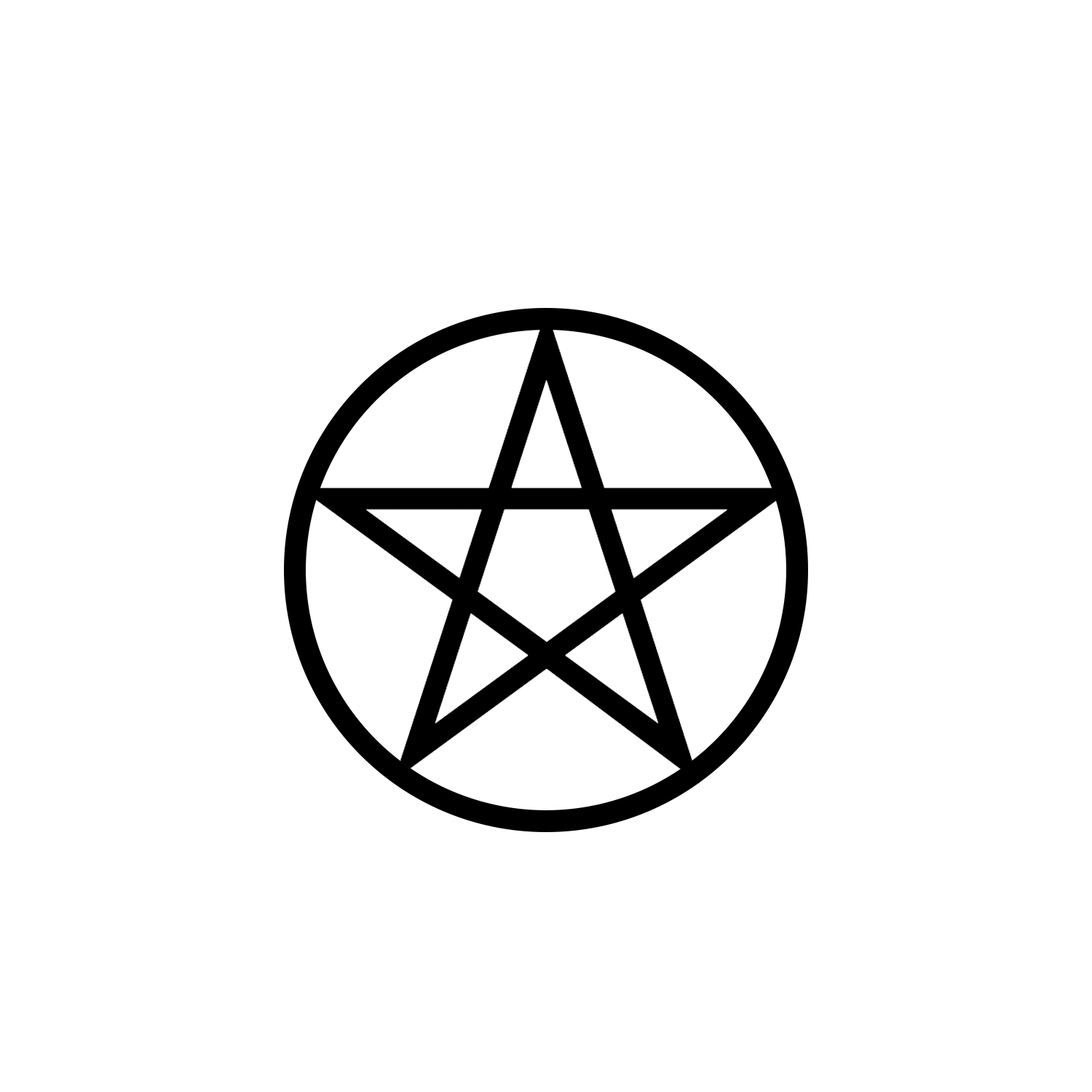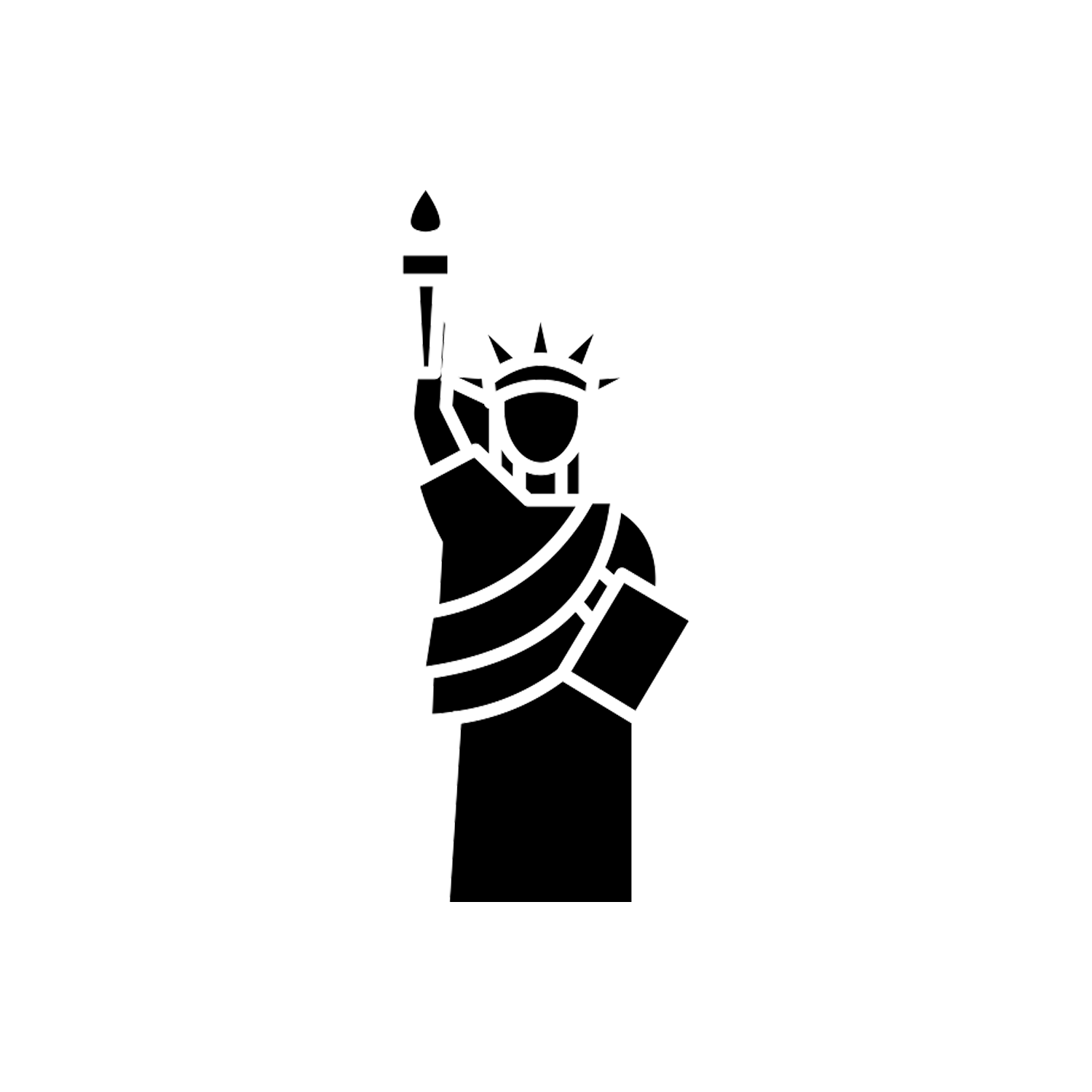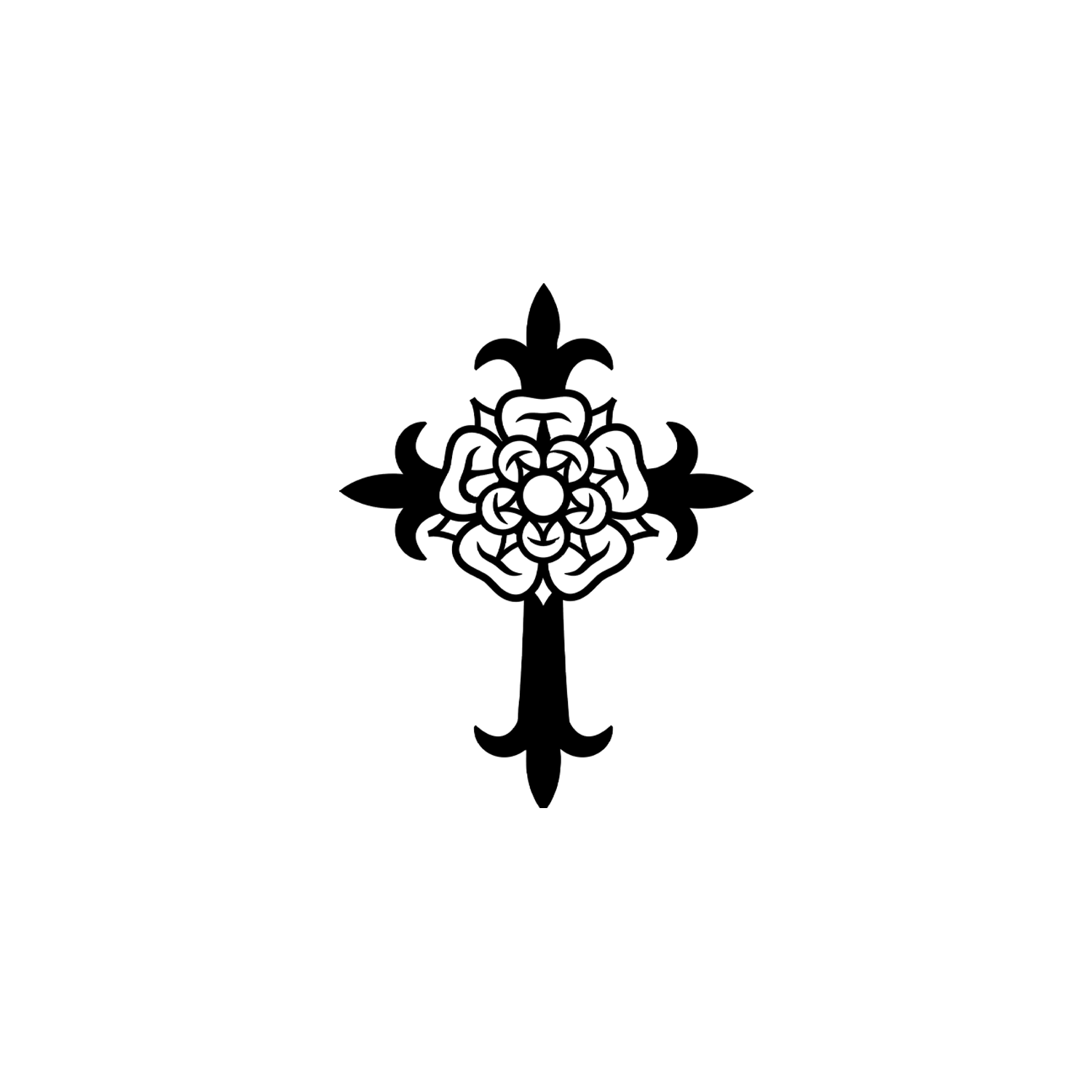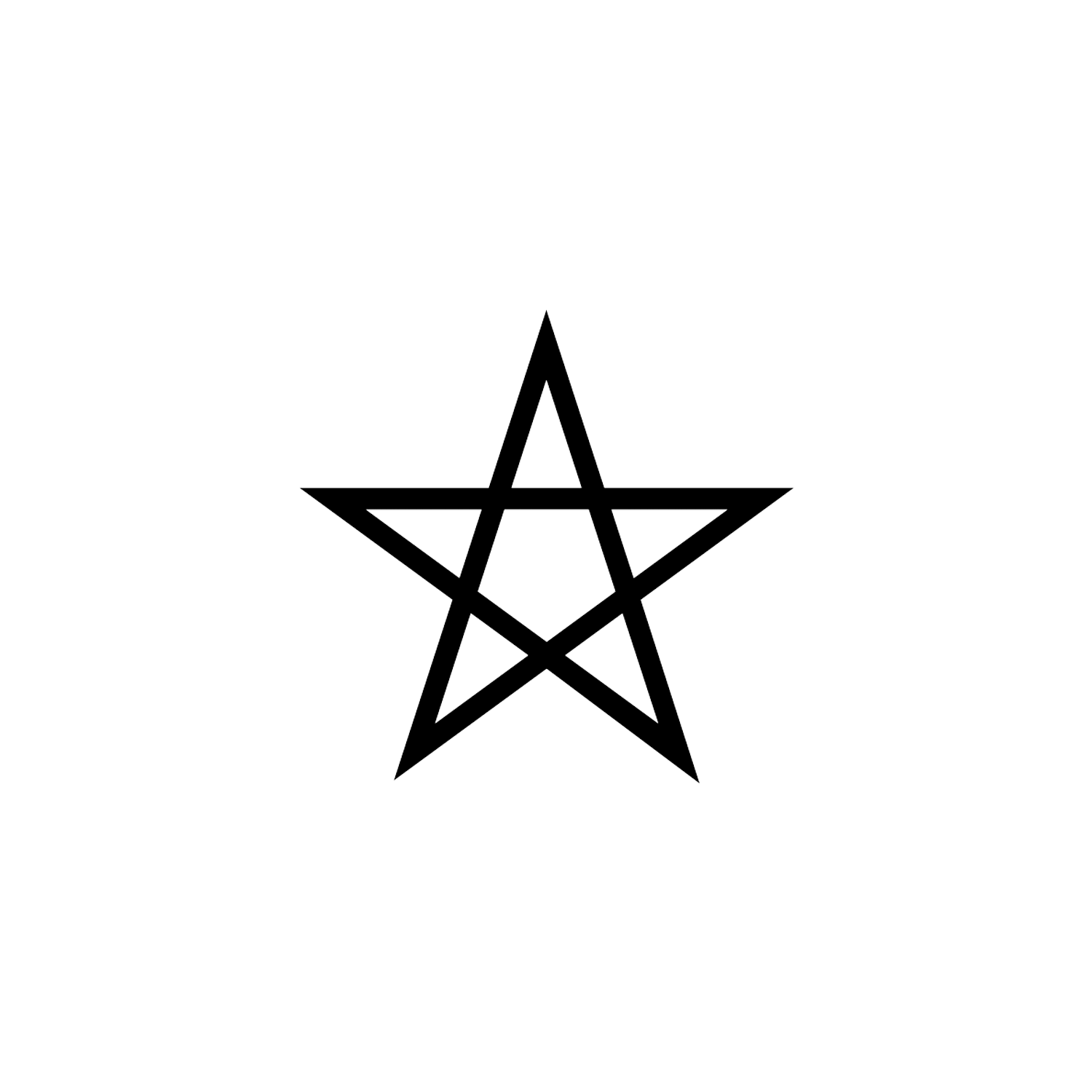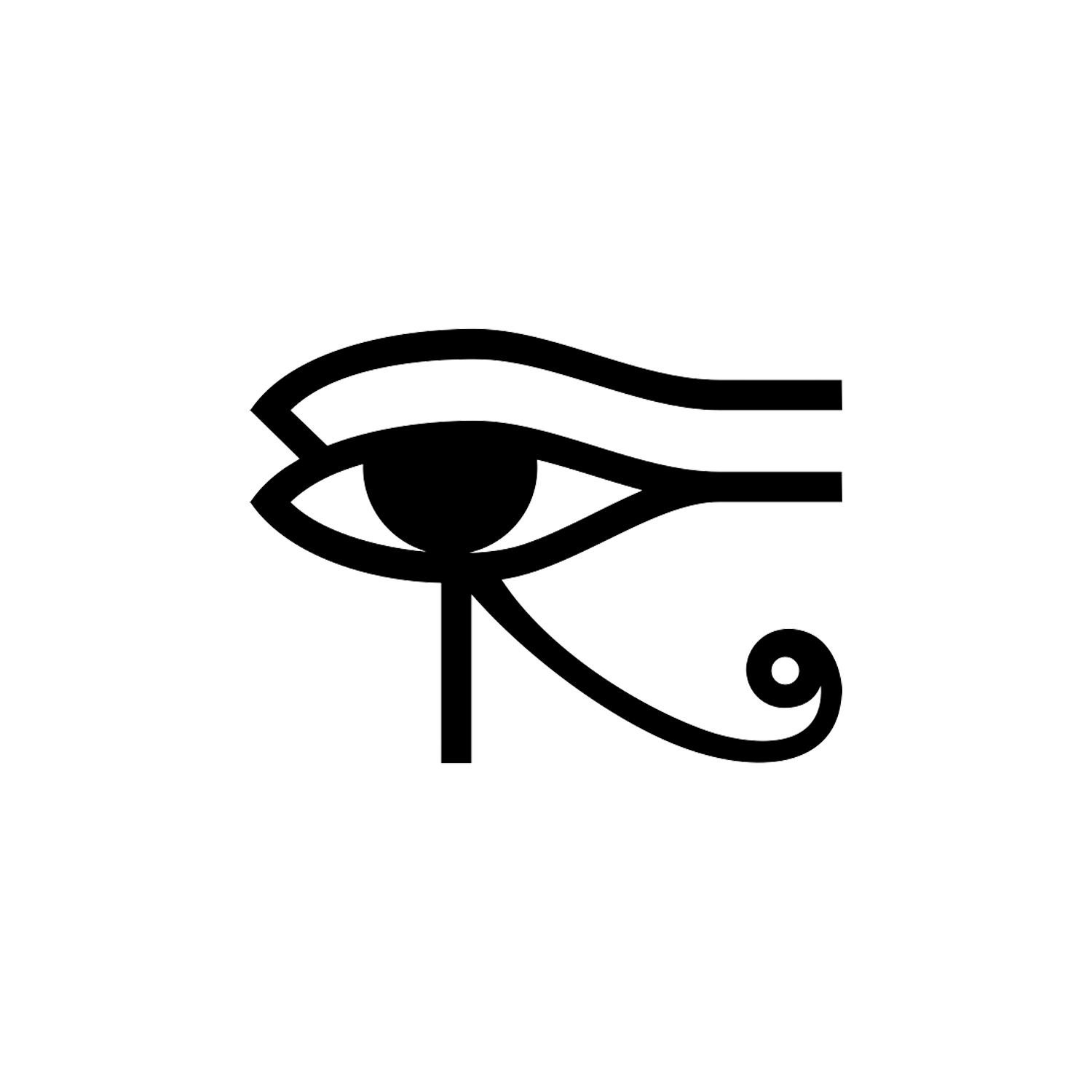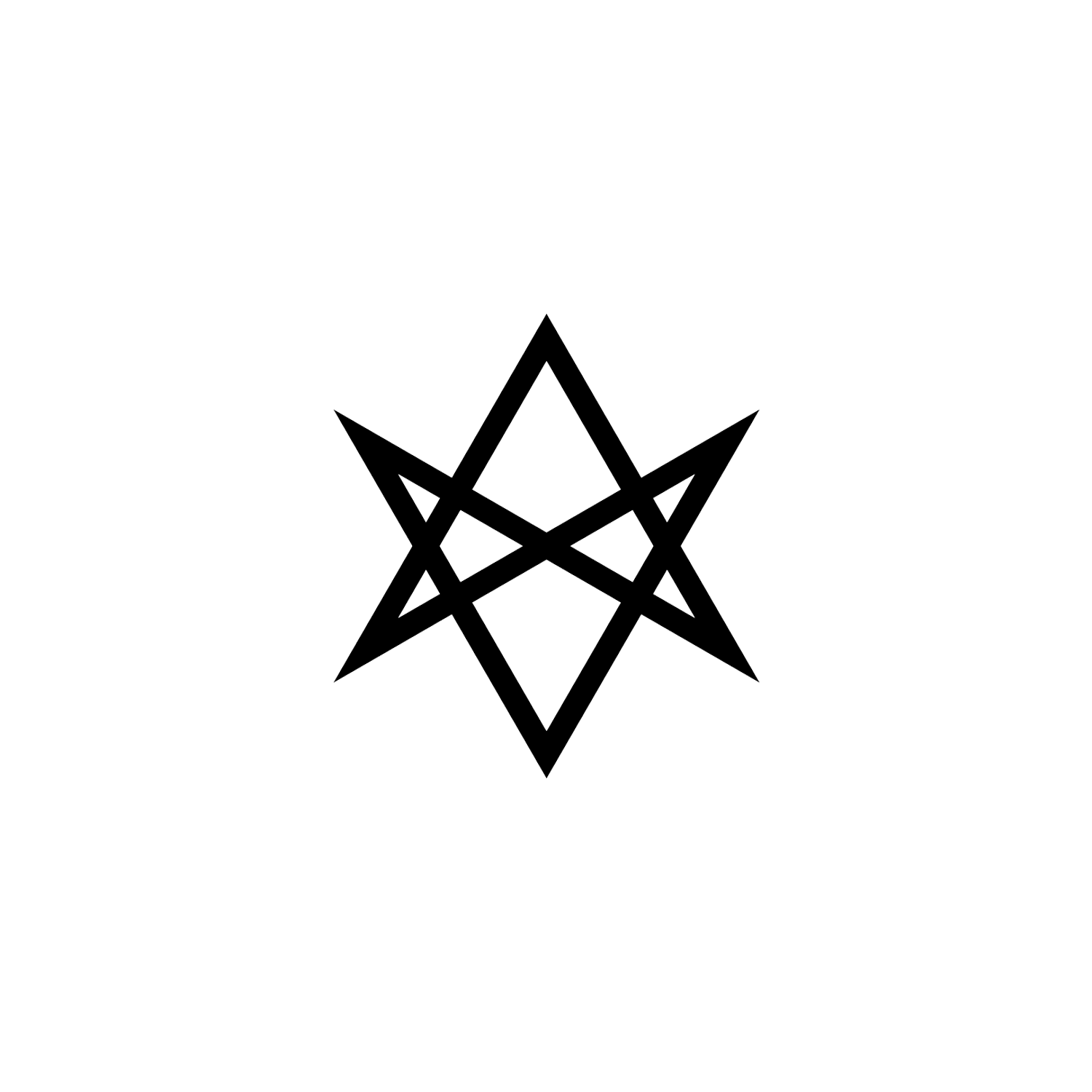Skull and Crossbones
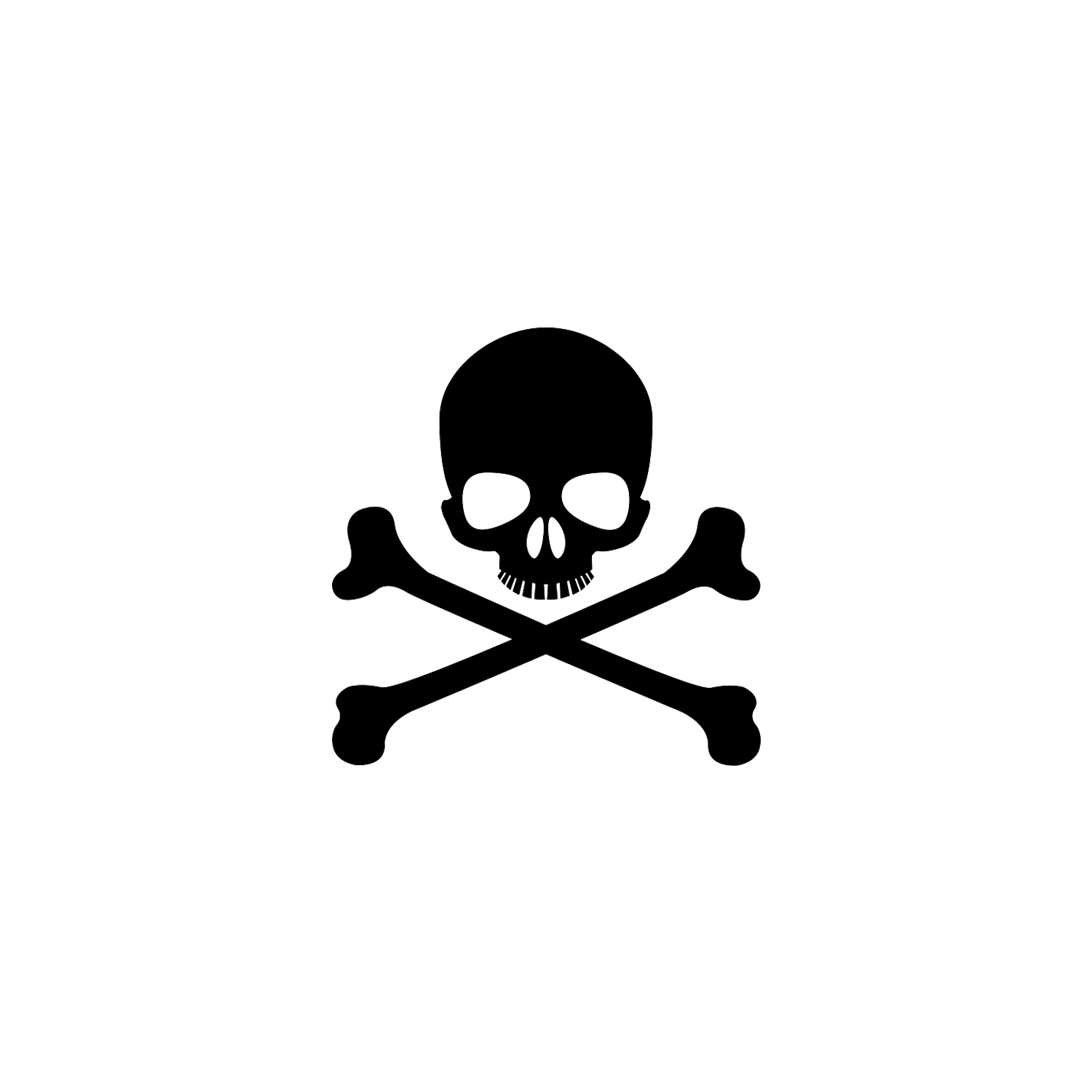

Skull and Crossbones
Commonly referred to as Jolly Roger.
Overview
A skull and crossbones is a symbol consisting of a human skull and two long bones crossed together under or behind the skull. The design originated in the Late Middle Ages as a symbol of death and especially as a memento mori on tombstones.
In modern contexts, it is generally used as a hazard symbol, usually in regard to poisonous substances, such as deadly chemicals.
It is also associated with piracy, due to its historical use in some Jolly Roger flags.
Origin and Meaning
The use of skulls and bones as symbols of mortality has roots in ancient cultures across the world. One early example comes from Ancient Egypt, where carved or painted skulls were placed on the tombs of the deceased, representing the finality of death.
The famous burial chamber of the boy pharaoh Tutankhamun, who died in 1323 BCE, contains gilded shrines decorated with a dark blue skull cap symbol. This demonstrates an early funerary use of the skull icon in Egyptian culture.
In the Middle Ages, the Knights Templar, a Catholic military order, also made use of the skull and crossbones symbol. It is believed they interpreted the image as a representation of Golgotha, the Biblical site where Jesus was crucified. The Knights Templar often adorned their tombs and crypts with skulls, crossbones, and full skeletons, embracing the memento mori perspective these symbols encouraged.

Beyond its associations with death, the skull and crossbones also has links to alchemy and the element sulfur. Alchemists used skulls and crossbones to represent certain alchemical processes and as a warning against dangerous procedures. The elemental symbol for sulfur, a triangle atop a Greek cross, bears a strong resemblance to a skull and crossbones. This allusion connected the symbol to sulfur’s toxic qualities.
By the 17th century, the skull and crossbones had become strongly tied to poison and danger due to its prominence among pirates sailing the Caribbean. Pirate ships often flew flags featuring grinning skulls, swords, and hourglasses, collectively known as the Jolly Roger. This flag signaled they were outlaws and were willing to fight to the death. The pirates’ black flags with white skull and crossbones designs struck fear into merchant ships, warning them that resistance could end violently.
This piratical association directly influenced the symbol’s subsequent adoption as the quintessential poison label. In 1829, New York State passed a law requiring all containers of dangerous substances to display a label clearly denoting their contents as poison. The law suggested, but did not mandate, the skull and crossbones as the recognizable marker. By the 1840s, the skull and crossbones had become the standard symbol for poison in the United States and much of Europe.
While the skull and crossbones retains a relatively consistent meaning in Western cultures, its interpretation and artistic representation varies globally. In Mexico, calaveras – whimsical skeleton figures often wearing hats – are a prevalent Day of the Dead symbol celebrating the lives of deceased loved ones. In China, skull and crossbones figures known as kui or gui represent wrathful protective deities. And in the Native American Pueblo culture, skeleton icons symbolize the impermanence of life.

Golgotha
Calvary (Latin: Calvariae or Calvariae locus) or Golgotha (Biblical Greek: Γολγοθᾶ, romanized: Golgothâ) was a site immediately outside Jerusalem’s walls where, according to Christianity’s four canonical gospels, Jesus was crucified.[1]
The English names Calvary and Golgotha derive from the Vulgate Latin Calvariae, Calvariae locus and locum (all meaning “place of the Skull” or “a Skull”), and Golgotha used by Jerome in his translations of Matthew 27:33,[2] Mark 15:22,[3] Luke 23:33,[4] and John 19:17.[5]

Since at least the early medieval period, it has been a destination for pilgrimage. The exact location of Calvary has been traditionally associated with a place now enclosed within one of the southern chapels of the multidenominational Church of the Holy Sepulchre, a site said to have been recognized by the Roman empress Helena, mother of Constantine the Great, during her visit to the Holy Land in 325.
Other locations have been suggested: in the 19th century, Protestant scholars proposed a different location near the Garden Tomb on Green Hill (now “Skull Hill”) about 500 m (1,600 ft) north of the traditional site and historian Joan Taylor has more recently proposed a location about 175 m (574 ft) to its south-southeast.
The skull and a bone or crossed bones can is commonly seen at the bottom of Crucifixion scenes in Renaissance paintings.
Although Latin calvaria can mean either “a skull” or “the skull” depending on context and numerous English translations render the relevant passages “place of the skull” or “Place of the Skull”,[6] the Greek forms of the name grammatically refer to the place of a skull and a place named Skull.[7] (The Greek word κρᾱνῐ́ον does more specifically mean the cranium, the upper part of the skull, but it has been used metonymously since antiquity to refer to skulls and heads more generally.)[8]
The Fathers of the Church offered various interpretations of the name and its origin. Jerome considered it a place of execution by beheading (locum decollatorum),[9] Pseudo-Tertullian describes it as a place resembling a head,[10] and Origen associated it with legends concerning the skull of Adam.[9] This buried skull of Adam appears in noncanonical medieval legends, including the Book of the Rolls, the Conflict of Adam and Eve with Satan, the Cave of Treasures, and the works of Eutychius, the 9th-century patriarch of Alexandria.

The usual form of the legend is that Shem and Melchizedek retrieved the body of Adam from the resting place of Noah’s ark on Mount Ararat and were led by angels to Golgotha, a skull-shaped hill at the center of the earth where Adam had previously crushed the serpent’s head following the Fall of Man.[9]
On the ground floor, just underneath the Golgotha chapel, is the Chapel of Adam.[10] According to tradition, Jesus was crucified over the place where Adam’s skull was buried.[10] According to some, the blood of Christ ran down the cross and through the rocks to fill Adam’s skull.[11] Through a window at the back of the 11th-century apse, the rock of Calvary can be seen with a crack traditionally held to be caused by the earthquake that followed Jesus’s death;[10] some scholars claim it is the result of quarrying against a natural flaw in the rock.[12]
Memento Mori
Memento mori (Latin for “remember that you shall die”)[13] is an artistic or symbolic trope acting as a reminder of the inevitability of death.[13] The concept has its roots in the philosophers of classical antiquity and Christianity, and appeared in funerary art and architecture from the medieval period onwards.
The most common motif is a skull, often accompanied by bones. Often this alone is enough to evoke the trope, but other motifs include a coffin, hourglass, or wilting flowers to signify the impermanence of life. Often these function within a work whose main subject is something else, such as a portrait, but the vanitas is an artistic genre where the theme of death is the main subject. The Danse Macabre and death personified with a scythe as the Grim Reaper are even more direct evocations of the trope.

Much memento mori art is associated with the Mexican festival Day of the Dead, including skull-shaped candies and bread loaves adorned with bread “bones”.
Jolly Roger and Pirates
Jolly Roger is the traditional English name for the naval ensign flown to identify a pirate ship preceding or during an attack, during the early 18th century (the latter part of the Golden Age of Piracy). The vast majority of such flags flew the motif of a human skull, or “Death’s Head”, often accompanied by other elements, on a black, dark brown or dark blue field, sometimes called the “Death’s Head flag” or just the “black flag”.
The flag most commonly identified as the Jolly Roger today – the skull and crossbones symbol on a black flag – was used during the 1710s by a number of pirate captains, including Black Sam Bellamy, Edward England, and John Taylor. It became the most commonly used pirate flag during the 1720s, although other designs were also in use.


Although it most likely was not called “Jolly Roger” at the time, usage of flag containing skull and crossbones go as early as 1588, in Basel’s dance of death, Hulderich Frölich.
The first recorded uses of the skull-and-crossbones symbol on naval flags date to the 17th century. It possibly originated among the Barbary pirates of the period, which would connect the black colour of the Jolly Roger to the Muslim Black Standard (black flag).
But an early reference to Muslim corsairs flying a skull symbol, in the context of a 1625 slave raid on Cornwall, explicitly refers to the symbols being shown on a green flag.[14]
There are mentions of Francis Drake’s flying a black flag as early as 1585, but the historicity of this tradition has been called into question.[15] Contemporary accounts show Peter Easton using a plain black flag in 1612; a plain black flag was also used by Captain Martel’s pirates in 1716,[16] Charles Vane, and Richard Worley in 1718,[17] and Howell Davis in 1719.



Key elements commonly found on a Jolly Roger flag include:
• Skull: The skull on the flag represents death and danger, emphasizing the pirates’ ruthless and deadly reputation.
• Crossbones: The crossbones are often positioned behind or beneath the skull and create an “X” shape. They symbolize crossed swords or bones, signifying violence and conflict.
• Design Variations: While the basic design consists of a skull and crossbones, many pirate crews have personalized their Jolly Roger flags with unique additions or alterations. These variations can include different facial expressions, accessories, or additional symbols. [18]
Pirates did not fly the Jolly Roger at all times. Like other vessels, pirate ships usually stocked a variety of flags, and would normally fly a false flag or no colours until they had their prey within firing range.[19] When the pirates’ intended victim was within range, the Jolly Roger would be raised, often simultaneously with a warning shot.
The “Golden Age of Piracy” ended by the mid-18th century, and piracy was widely suppressed by the 1800s, although the problem of Barbary pirates persisted until the French conquest of Algeria in 1830. By the Victorian era, the pirate threat had receded enough for it to become a topos of boyish adventure fiction, notably influenced by Robert Louis Stevenson’s adventure novel Treasure Island (1883).

Following the introduction of submarines in several navies circa 1900, Admiral Sir Arthur Wilson, the First Sea Lord of the British Royal Navy, stated that submarines were “underhanded, unfair, and damned un-English”, and that he would convince the British Admiralty to have the crews of enemy submarines captured during wartime hanged as pirates.[20]
In September 1914, the British submarine HMS E9 successfully torpedoed the German cruiser SMS Hela.[21] Remembering Wilson’s statements, commanding officer Max Horton instructed his submariners to manufacture a Jolly Roger, which was flown from the submarine as she entered port.[20][21]
The practice restarted during World War II. During the war, British submarines were entitled to fly the Jolly Roger on the day of their return from a successful patrol: it would be hoisted as the boat passed the boom net, and remain raised until sunset.[22]
Skull and Bones
Skull and Bones, also known as The Order, Order 322 or The Brotherhood of Death, is an undergraduate senior secret student society at Yale University in New Haven, Connecticut. The oldest senior-class society at the university, Skull and Bones has become a cultural institution known for its powerful alumni and various conspiracy theories.
Skull and Bones is considered one of the “Big Three” societies at Yale University; the other are Scroll and Key and Wolf’s Head.[23] The society is known informally as “Bones”, and members are known as “Bonesmen”, “Members of The Order” or “Initiated to The Order”.[24]
The society’s badge is gold and consists of a skull that is supported by crossed bones, with the number 322 on the lower jaw.[25] Its members worshipped Eulogia, a fictional goddess of eloquence.[26]
The number “322” appears in Skull and Bones’ insignia and is widely reported to be significant as the year of Greek orator Demosthenes’ death.[27][28][29] A letter between early society members in Yale’s archives[30] suggests that 322 is a reference to the year 322 BCE and that members measure dates from this year instead of from the common era. In 322 BCE, the Lamian War ended with the death of Demosthenes and Athenians were made to dissolve their government and establish a plutocratic system in its stead, whereby only those possessing 2,000 drachmas or more could remain citizens.

Documents in the Tomb have purportedly been found dated to “Anno-Demostheni.”[31]
One legend is that the number represents “founded in ’32, 2nd corps”, referring to a first Corps in an unknown German university.[32][33] Another possible reference of 322 is the Freemasonic Lodge of Virtue and Silence no. 322, in Suffolk, UK, signaling a fraternal but unspoken sponsorship between the two “secret society” organizations, regarding which silence is considered virtuous. Lodge 322 was founded in 1811,[34] 21 years before the creation of the Skull and Bones association in 1832.
Among prominent alumni are former presidents William Howard Taft (a founder’s son), George H. W. Bush, and George W. Bush.[35] In the 2004 U.S. Presidential election, both the Democratic and Republican nominees were members of Skull and Bones. When asked what it meant that he and George W. Bush were both Bonesmen, former presidential candidate John Kerry said, “Not much, because it’s a secret.”[36][37]
Skull and Bones is featured in books and movies which claim that the society plays a role in a global conspiracy for world control.[38] There have been rumors that Skull and Bones is a branch of the Illuminati, having been founded by German university alumni following the order’s suppression in their native land by Karl Theodor, Elector of Bavaria with the support of Frederick the Great of Prussia,[39] or that Skull and Bones controls the CIA.[40]
Conclusion
From ancient civilizations to contemporary pop culture, the Skull and Crossbones symbol carries a macabre potency and mystique. Its origins encompass mortality rituals, alchemy, piracy, and early safety legislation, evolving into one of the most trusted universal warning signs.
The embedded associations with risk and rebellion contribute to its widespread cultural imprint. For thousands of years, in forms both playful and fearsome, the Skull and Crossbones has fixated, frightened, and fascinated humanity. Wherever we encounter it, on a bottle of bleach or a pirate flag fluttering in the breeze, it embodies a memento mori – a reminder of our own impermanence in the face of danger.
[1] Chisholm, Hugh, ed. (1911). "Calvary" . Encyclopædia Britannica (11th ed.). Cambridge University Press.
[2] Vulgate, Matthaeum 27:33. (Latin)
[3] Vulgate, Marcum 15:22. (Latin)
[4] Vulgate, Lucam 23:33. (Latin)
[5] Vulgate, Ioannem 19:17. (Latin)
[6] Cf. e.g., the various translations of Matthew 27:33 at Biblehub.com.
[7] "The Name Golgotha". Abarim Publications.
[8] "κρανίον, τό". Perseus Project.
[9] "Mount Calvary". Catholic Encyclopedia. Vol. III. New York: Robert Appleton Company. 1908.
[10] Jerusalem, Israel, Petra & Sinai. p. 98. DK. 2016 [2000]. ISBN 978-1-4654-4131-7.
[11] William R. Cook of State University of New York, lecture series
[12] "The Brotherhood of the Holy Sepulcher". Greek Orthodox Patriarchate of Jerusalem. Archived from the original on 24 May 2008.
[13] Literally 'remember (that you have) to die', Oxford English Dictionary, Third Edition, June 2001.
[14] Giles Milton, White Gold (2004), p. 9: "The flags on their mainmasts depicted a human skull on a dark green background - the menacing symbol of a new and terrible enemy. It was the third week of July 1625, and England was about to be attacked by the Islamic corsairs of Barbary."
[15] Mary Frear Keeler (ed.), Sir Francis Drake's West Indian Voyage, 1585–86 (1981), p. 161, footnote 3.
[16] Charles Johnson (1724), A General History of the Robberies and Murders of the Most Notorious Pyrates, p. 66.
[17] Charles Johnson (1724), A General History of the Robberies and Murders of the Most Notorious Pyrates, pp. 72, 147, 344.
[18] Pirates would hoist their Jolly Roger flags when approaching a target ship, signaling their intent to attack or demand surrender. The flag served as a warning and psychological tactic to strike fear into the hearts of their foes. The specific design of the Jolly Roger could vary from crew to crew, reflecting the individual identity and personality of each pirate group. In the One Piece universe and in real-world pirate lore, the Jolly Roger has become an iconic symbol of piracy, adventure, and the high seas.
[19] This practice is considered deceitful today, but in the period of sail it was the standard practice for all ships. There was no other way to approach an enemy or victim on the open sea if they did not want to fight.
[20] Richards & Smith, Onslow's Jolly Roger, p. 10
[21] Compton-Hall, Submarines at War 1939–45, p. 62
[22] Admiralty, His Majesty's Submarines, p. 43
[23] Jacobs, Peter (October 8, 2015). "Yale is revamping its secret society system so students don't feel left out". Business Insider.
[24] Stevens, Albert C. (1907). Cyclopedia of Fraternities: A Compilation of Existing Authentic Information and the Results of Original Investigation as to the Origin, Derivation, Founders, Development, Aims, Emblems, Character, and Personnel of More Than Six Hundred Secret Societies in the United States. E. B. Treat and Company. p. 338. ISBN 978-1169348677. OCLC 2570157.
[25] Baird, Wm. Raimond, ed. (1883). American College Fraternities (2nd ed.). New York: Frank Williams. p. 196. hdl:2027/hvd.hn4g6y – via Hathi Trust.
[26] Stephey, M. J. (February 23, 2009). "A Brief History of the Skull & Bones Society". Time. Archived from the original on February 26, 2009.
[27] Hevesi, Dennis (October 26, 1991). "Shh! Yale's Skull and Bones Admits Women". New York Times.
[28] Robbins, Alexandra (May 2000). "George W., Knight of Eulogia". The Atlantic Monthly.
[29] Richards, David (May 2015). "The Origins of the Tomb". Yale Alumni Magazine.
[30] "Letter from a member of Skull and Bones Society to another member". Yale Manuscripts & Archives Digital Images Database. Yale University Library. March 23, 1860.
[31] Stevens, Albert C. (1907). Cyclopedia of Fraternities: A Compilation of Existing Authentic Information and the Results of Original Investigation as to the Origin, Derivation, Founders, Development, Aims, Emblems, Character, and Personnel of More Than Six Hundred Secret Societies in the United States. E. B. Treat and Company. p. 340. ISBN 978-1169348677. OCLC 2570157.
[32] Robbins, Alexandra. Secrets of the Tomb: Skull and Bones, the Ivy League, and the Hidden Paths of Power. Back Bay Books, 2003.
[33] "German postcard included in a Skull and Bones photograph album originally owned by Chester Wolcott Lyman, BA 1882" [Photograph albums of the Skull and Bones Society]. Yale University Library Manuscripts and Archives. 1882.
[34] "Provincial Grand Lodge of Suffolk - Lodge of Virtue and Silence 332". www.suffolkpgl.org.uk.
[35] "Skull linked to secret Yale society to be sold". NBC News. January 5, 2010.
[36] Oldenburg, Don (April 4, 2004). "Bush, Kerry Share Tippy-Top Secret". The Washington Post. Archived from the original on August 12, 2018.
[37] Meet the Press Google Video
[38] Stephey, M. J. (February 23, 2009). "A Brief History of the Skull & Bones Society". Time. Archived from the original on February 26, 2009.
[39] Robbins, Alexandra. Secrets of the Tomb: Skull and Bones, the Ivy League, and the Hidden Paths of Power. Back Bay Books, 2003.
[40] Dempsey, Rachel (January 18, 2007). "Real Elis inspired fictional 'shepherd'". Yale Daily News. Archived from the original on October 22, 2012.
Latest Symbols
Monthly Digest
A summary of symbols for the month in a quick read format straight to your inbox.


